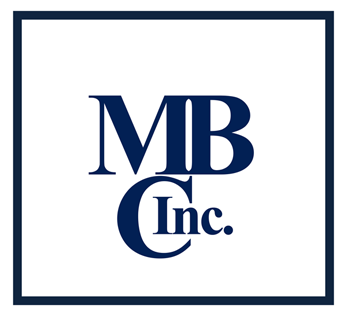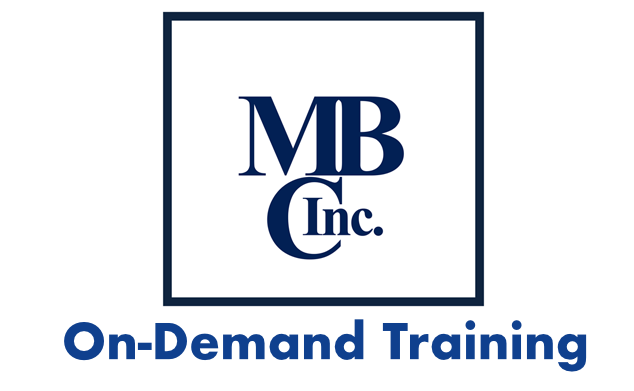Bi-Monthly Informational Guide
MBC, Inc. Quality Tips
Internal Audit of;
ISO/TS 16949, ISO 9001 – Clause 8.5.1
Continual Improvement
Continual Improvement, Continuous Improvement, Problem Solving, Root Cause Analysis, 8D, Six Sigma, all perceived methods or tools of correcting problems, improving process, improving products or making general improvements to enhance customer satisfaction, all are considered important and are capable of bringing improvement to an organization.
How does the auditor approach these requirements? What does the auditor look for or look at to determine if the requirements of clause 8.5.1 are “Established, Documented, Implemented and Maintained” as required by clause 4.1 of each standard?
These are often difficult questions for the auditor to address. Let’s work through this process one step at a time.
Both standards, ISO 9001 and ISO/TS 16949 require a formal procedure for both Corrective Action and Preventative Action. It is acceptable for both procedures to be contained within one document. In fact, this is probably the preferred method for most organization, a single procedure titled “Corrective and Preventative Action” (or similar). Just having a procedure(s) with an appropriate title is not sufficient. The standards both require specific content of these procedures. The auditor must confirm that the procedure for Corrective Action, address in specific language;
- “reviewing nonconformities (including customer complaints),
- Determining the causes of nonconformities,
- Evaluating the need for action to ensure that nonconformities do not recur,
- Determine and implement action needed,
- Records of the results of action taken (see 4.2.4), and
- Reviewing the effectiveness of the corrective action taken.”
Similar language is required for the Preventative Action Procedure. The auditor MUST confirm the procedure addresses these required points with specific language. Often it is easiest to have the Management Representative show the auditor the exact language in the procedure for each item. If these items are not addressed in the procedure(s) this MUST be written up as a finding – Non-Conformance.
Once the auditor has determined that each of these requirements are contained within the procedure language the questions to Top Management become, How do you comply with each of these requirements? (I generally question each requirement separately for both Corrective Action and Preventative Action). If Top Managers are not addressing these requirements, there is little hope that the organization has an effective system or process for Corrective or Preventative Action. The objective evidence the auditor is seeking is usually in the form of “Issue Trackers” with status updates, meeting minutes with detail of analysis and effectiveness, Corrective Action Preventative Action (CAPA) database, etc. Likewise, is there objective evidence as to the effectiveness of “Actions Taken”?
It must be noted for all auditors that the requirements for Corrective and Preventative Action apply to the Quality Management System (QMS) as well as product and process, as defined in clause 8.5.1.
ISO/TS 16949 has additional requirements above the requirements of ISO 9001. These requirements include;
8.5.1.1 a defined process for continual improvement.
“What is the formal method the organization has to ensure “Continual Improvement”?
8.5.1.2 Manufacturing Process Improvement
How does the organization focus on and ensure control and reduction of variation in product characteristics and manufacturing process parameters? These are usually tracked via some version of a “Process Control Plan” along with capability studies i.e. Cpk, Ppk, Scrap Tracking, Rework Tracking, etc.
8.5.2.1 Problem Solving
A defined formal process being supported and followed by the organization that leads to root cause identification and elimination of the root cause.
8.5.2.2 Error Proofing
How is Error Proofing utilized within the organizations problem resolution activities?
8.5.2.3 Corrective action impact
How are “fixes” evaluated for application in other areas of the business?
8.5.2.4 Rejected product test/analysis
How do you “Root Cause” returned product from customer complaints and how to you make process improvements? Is analysis completed in a timely manner?
It is likely if the Internal Auditor examines these areas carefully and writes findings and Opportunities-for-Improvement accordingly. The Auditor will be contributing to the organizations improvement process in a significant manner. Do not be afraid to aggressively review these required processes and guide your organization to a more robust “Continuous Improvement” process or program. Seek help where you may lack the background or training to be able to evaluate the effectiveness of specific problem-solving tools.
Good Luck! – and – Good Audit!
“The involvement of a Committed Management Team is an Unbeatable Combination”
Spread the News
Please forward these editions to others in your organization so they may receive the benefited of this newsletter. Tell other members of your company to go to www.MBCINcorp.com and sign-up for this newsletter by downloading the free report in the upper right corner of the home page.
For additional information about the Internal Audit Process, you may contact the President of MBC, Inc. at anytime; Phone 931.637.1446, or E-mail – Bmartin@MBCIncorp.com
Thank You
Bill Martin – President
MBC, Inc.

